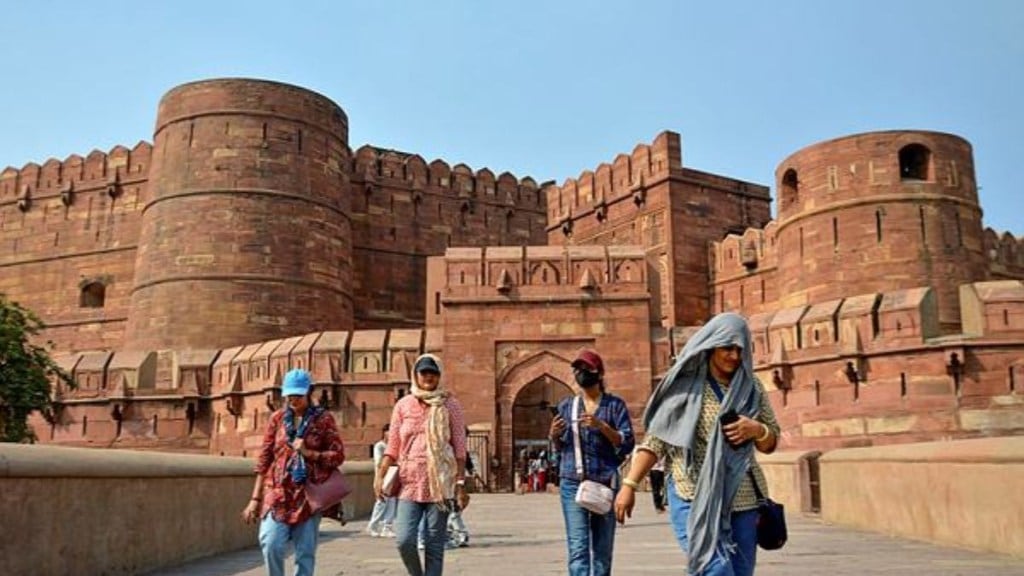The India Meteorological Department issued warnings on Monday (June 10) indicating that Northwest and East India are on the verge of encountering yet another bout of scorching heat. Over the next five days, temperatures are anticipated to surge by two to three degrees, intensifying the prevailing conditions in these regions. India experienced severe heat waves throughout April and May, pushing human endurance to its limits and testing the country’s disaster management capabilities.
Several states such as Uttar Pradesh, Bihar, and Odisha witnessed heat wave-related fatalities amidst the unforgiving temperatures. “Heat wave to severe heat wave conditions (are) likely over northwest and east India during the next five days,” the IMD said in a statement.
The looming heat wave is expected to affect parts of Jammu and Kashmir to Gangetic West Bengal, encompassing states like Himachal Pradesh, Uttarakhand, Punjab, Haryana, Delhi, Rajasthan, Madhya Pradesh, Jharkhand, Odisha, and beyond.
El Niño and extreme heat
Experts attribute the extreme heat to natural phenomena such as El Niño, characterised by abnormal warming of the central and eastern tropical Pacific Ocean, alongside the escalating concentration of greenhouse gases in the atmosphere. Urbanisation exacerbates this warming trend, disproportionately impacting outdoor workers and economically vulnerable households.
Record-breaking heatwave swept India in May
The scorching temperatures observed in May set unprecedented records across the country, with regions like Rajasthan witnessing temperatures exceeding 50 degrees Celsius. Alarmingly, similar heat waves, occurring roughly once every three decades, are becoming significantly more frequent due to climate change, according to ‘World Weather Attribution’, a consortium of leading climate scientists.
The surge in temperatures has propelled India’s power demand to a record 246 gigawatts, with air conditioning units operating at maximum capacity in homes and offices nationwide.
Compounding the heat wave’s effects are dwindling water reservoir levels, currently at a mere 22% of their capacity, exacerbating water scarcity issues and hampering hydropower generation.
Nearly 25,000 heat stroke cases reported
According to PTI, suspected cases of heat stroke soared to nearly 25,000 from March to May, resulting in 56 reported deaths due to heat-related illnesses. However, these figures are likely an underestimation, as they do not encompass data from Uttar Pradesh, Bihar, and Delhi.
The relentless heat waves, recurring for the third consecutive year, have significantly impacted public health, water resources, agriculture, power generation, and various sectors of the economy.
A World Bank report suggests that India may contribute to an estimated 34 million out of 80 million potential global job losses by 2030 due to decreased productivity caused by heat stress. Additionally, studies indicate that India experiences annual food losses amounting to USD 13 billion, with only four percent of fresh produce benefiting from cold chain facilities.

